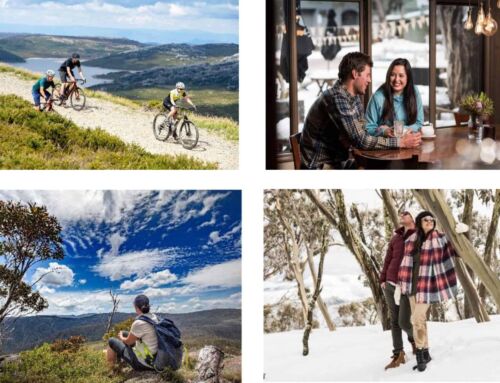TRC “Senior” Associate Alistair Henchman headed off on a winter/dry season grey nomad adventure from his base near Canberra. Travelling to Darwin via western Queensland, this post-Covid cross-border trip would not have been possible just 12 months ago. Alistair shares his thoughts on some changes to the independent road trip experience:
Staying in national park sites across three jurisdictions revealed a common trend among park agencies to exclusively use online bookings for all campsites. This was brought in as a Covid response to prevent overcrowding. However, it means bookings now require internet connection and therefore, if you are travelling remotely, advance planning and payment of a ‘booking’ fee, even for previously free campsites.
While it does take some getting used to for those of us used to finding a campsite on the day, booking ahead prevents the inconvenience of arriving at a camp site at the end of a long drive and finding that it, and any close by are full. However, there are some drawbacks to the system that park agencies might want to consider modifying if they are to continue attracting overnight visitors.
For instance, the online booking systems in the Northern Territory have 30-day no-refund cancellation conditions for the upfront camping payments. This means many people whose plans have changed don’t bother cancelling because they don’t have the motivation of a refund. As a result, locations showing no vacancies on the booking sites are often underutilised. Conditions do vary from state to state, however, and travellers should check the cancellation policy when they book.
In many outback towns there are fewer attractions within day-trip distance, compared to towns on the coast and in more populated areas. The caravan parks operating in more remote locations therefore rely on the quality of their own facilities and services to attract customers, convince them to stay longer and build repeat business. The key features that make a caravan park attractive are the landscape setting, the quality of the amenities, and of course the service provided by management.
Achieving the desired combination of shade and soft grass cover is a challenge in most environments and requires abundant water supply, robust soils, warm temperatures and constant attention to achieve this ideal camping surface. When this goal is successfully met, the park is rewarded with great reviews and customer satisfaction. However, most travellers realise that in many Australian locations, the ideal camping surface is a distant dream, and you can accept red dust and gibber stones as a foundation when you have the outback skies as compensation.
Many caravan parks have ageing amenities but if they are well maintained and clean, park visitors are usually happy.
The seasonal flow of travellers heading north for the winter generates more than half the vehicles on these outback roads. There is clearly a trend towards larger self-contained units. The investment in these rigs is significant and managing them can be a challenge for their owners. Many towns are responding to this with long vehicle parking not too far from the main street, and caravan parks are developing more drive through sites to ease the difficulty of manoeuvring these vehicles.
Accessing remote natural locations and staying in small outback towns is often not possible unless you have your own accommodation. Travelling independently and having the flexibility to be spontaneous is one of the great attractions of taking to the road with ‘your house on your back’. It’s great to see parks and councils recognising the importance of this market and making it as easy as possible for these types of travellers to enjoy what they have to offer.







